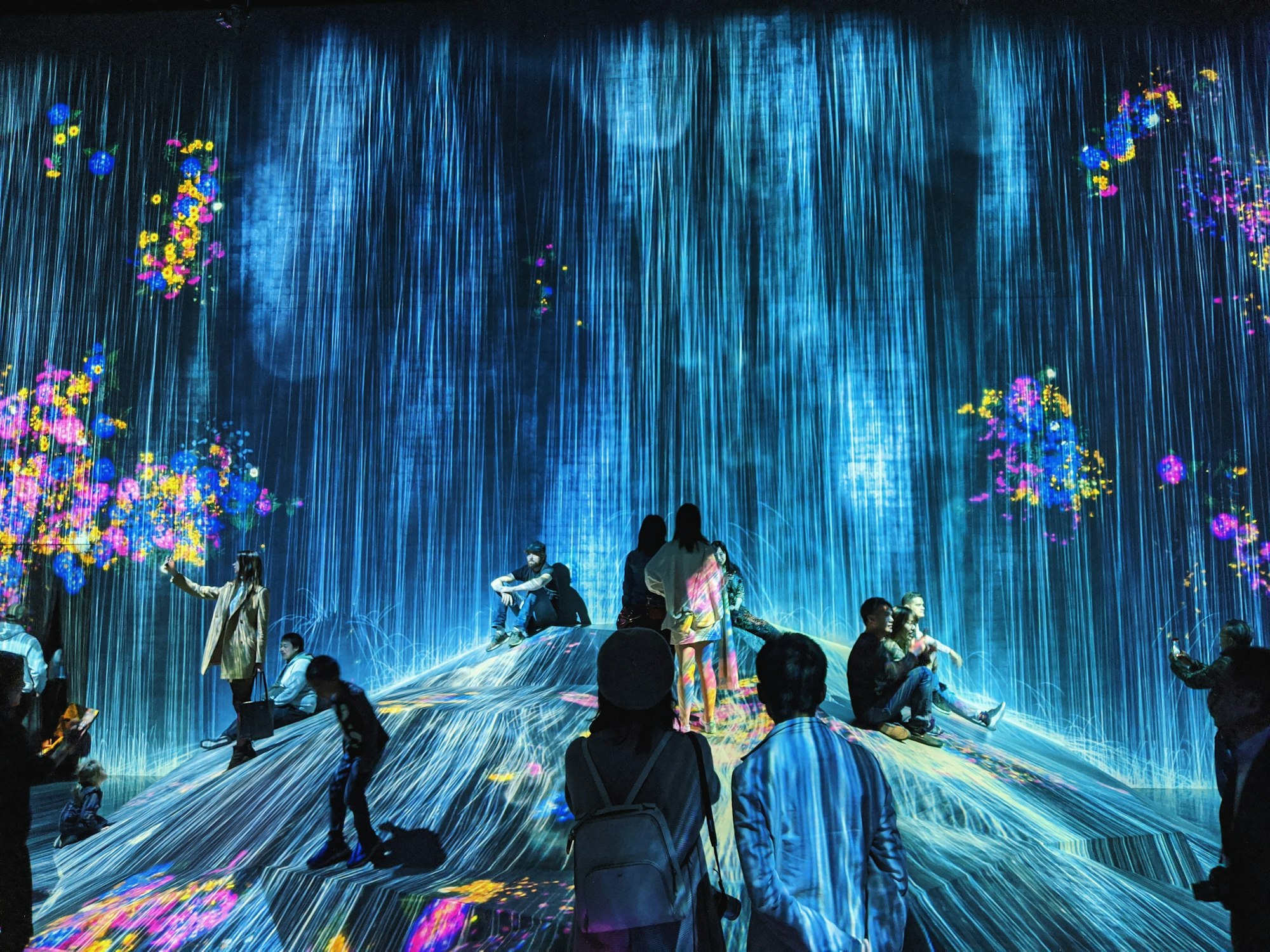Will your Digital Art Survive you?
Preserving digital art in the face of rapid technological change is a pressing concern, as the short lifespan of hardware, software obsolescence, and other factors threaten the longevity of these artworks, requiring continual monitoring, adaptation, and sometimes invasive conservation efforts.

In the rapidly evolving world of digital art, the question of longevity has become a pressing concern for artists, dealers, and conservators alike. Unlike traditional forms of art, digital artworks face the risk of becoming outdated and unusable after just a few months. This was evident at a recent exhibition of Jake Elwes' digital art in London, where not every exhibit was in working order. Elwes had to adapt and simulate his original work after Twitter cut-off access to its free API, forcing him to rely on a recording from 2019. This is just one example of the challenges faced by new media art conservation.
While there are entire museum departments dedicated to preserving the lifespan of centuries-old paintings and tapestries, the field of new media art conservation is relatively new and urgently needs to address the issue of preserving valuable contemporary artworks in the face of rapid technological transformation. The ever-quickening pace of obsolescence, centralized ownership of technology, and factors like hype cycles and planned obsolescence present new challenges for preserving digital art.
To ensure that their work outlives them, digital artists must continually monitor and adapt their work to run on increasingly extinct hardware, outdated software, and other factors that threaten the work's lifespan. This often means more invasive forms of conservation, including rewriting the artwork from scratch in a new programming language. The centralization of the industry and the lack of comprehensive manuals from companies further exacerbate the problem. The question of preserving digital art becomes even more critical at the point of sale, with galleries and artists relying on maintaining relationships with collectors and updating artworks to ensure their long-term survival.
Virtual reality (VR) is a particularly challenging medium for conservation due to the short lifespan of VR glasses and the constant need to update firmware. The ZKM Karlsruhe, a leading center for media and technology in Germany, has been extracting and rebuilding 3D models of VR works from the '90s to ensure their survival in a new technological landscape. However, the loss of historicity and the difficulty of imposing an art historical narrative on VR works remain concerns as the medium becomes more standardized.
As the conservation of digital media becomes more complex and labor-intensive, costs can easily rise to tens of thousands of dollars. Major collections now require extensive documentation, source code, and a stockpile of spare parts to lengthen the lifespan of digital artworks. However, the ever-evolving nature of technology and the complexities of artificial intelligence pose additional challenges for conservators.
Some artists argue that there shouldn't always be an easy solution to preserving digital art. They embrace the temporality of their work and draw inspiration from land artists who know that what they create is finite. British artist Anna Ridler, for example, welcomes the ephemeral nature of her art. Her piece "Mosaic Virus," which responded to the fluctuating price of bitcoin, no longer runs but survives through an MP4 recording. Ridler highlights that there is an assumption that things live forever on the internet, but they do not.
The issue of preserving digital art is multifaceted and requires collaboration among artists, dealers, conservators, technologists and the industry as a whole. As technology continues to rapidly evolve, the conservation efforts for digital artworks must keep up and find innovative solutions to extend their lifespan. Whether it's through careful documentation, rewriting code, or adapting to new media, the goal is to ensure that these valuable contemporary artworks can withstand obsolescence and be appreciated by future generations.
kultur aims at addressing the problem of digital art longevity, conservation, and preservation despite technology obsolescence as it recognizes the challenges faced by the Arttech and Culturetech industry today, by scouting and adapting for the latest scientific developments and bringing the right teams together.
